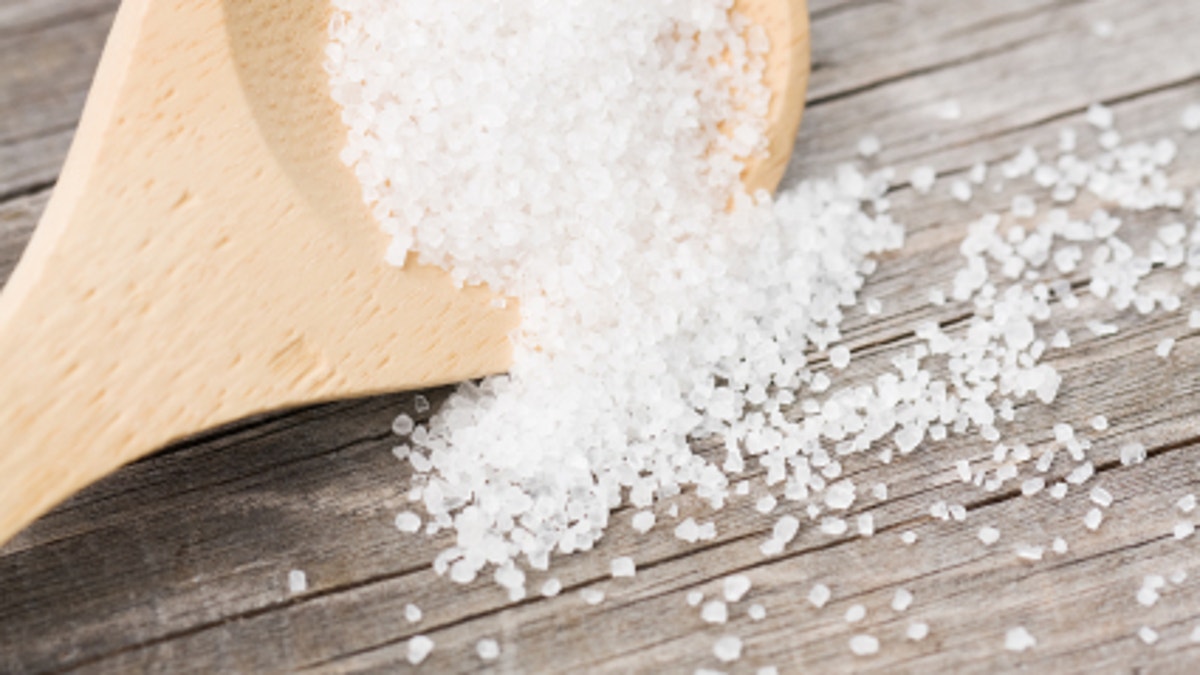
American adults eat in restaurants an average of five times a week—which means they probably eat way too much salt. Even fine-dining menus offer little escape from sodium overload.
Starting with the bread and salad and ending with the final plate of tiny cookies, many of restaurants' least salty-seeming options are significant sources of dietary salt.
The desire to limit salt isn't just for heart-attack patients. Some 90 percent of Americans will have to contend with high blood pressure in their lifetimes, so it is important for almost everyone to limit their sodium intake, says Walter Willett, chairman of the department of nutrition at the Harvard School of Public Health.
Yet restaurant diners who read menus closely tend to be looking to avoid fats, not sodium. "The consequence of too many calories is more conspicuous," Dr. Willett says. "The sodium issue is quite invisible until they have a stroke."
Salt is indispensable in restaurant kitchens beyond just how it makes food taste. It extends the shelf life of prepared foods, prevents bitterness in produce and encourages binding in breads, says Joy Dubost, director of nutrition at the National Restaurant Association, a Washington, D.C., industry group. Replacing salt with alternative preparations or seasonings, such as herbs, will almost always end up costing more.
Restaurants often salt raw steaks and chops before browning. And green salads can contain salt, whether added to the leafy greens or present in the dressing, cheese or meat add-ins. Chefs put a little extra vinegar in the dressing to balance out a salty-tasting salad.
"Something may have lots of salt in it but not taste salty," says Amy Chaplin, a New York recipe developer and personal chef preparing vegetarian cuisine.
Even simple cooked vegetables can sneak salt onto the menu, says Kristy Lambrou, a culinary nutritionist who works in the kitchen at Rouge Tomate, a New York restaurant whose menu focuses on healthful eating.
To help vegetables retain flavor, nutrients and color, restaurants blanch them, plunging them briefly into boiling salted water and then an ice-water bath. The salt absorbed will vary.
Bread, luncheon meats, pizza, poultry, soups, burgers, cheese and pasta dishes are some of the most common sources of dietary sodium, according to the Centers for Disease Control and Prevention. Charcuterie and cheese plates are out of the question for diners limiting salt.
Diners also should avoid braised meats and sausages, which also often contain a lot of salt. Skip potatoes when possible, because they are usually prepared with a liberal dose of salt. Ditto soups, gravies, curries and other soupy or saucy dishes, which tend to require more seasoning because the liquid dilutes flavor.
Restaurants "use so much more salt than people realize," says Michael Stebner, brand executive chef at True Food Kitchen, a Scottsdale, Ariz., chain developed by Fox Restaurant Group and Andrew Weil, the author of books on integrative medicine. The chain uses recipes modified to require 25 percent less added salt.
Many health experts recommend cutting salt by 25 percent because they contend it won't drastically change the flavor. Chefs, though, say generous salting more than once in the cooking process helps bring out depth of flavor.
"It opens up the pores on your tongue and enables you to taste the food better," says Mr. Stebner, former owner of the San Diego restaurant Region.
Some chefs rely on salt to enhance previously frozen meats or less-than-ripe vegetables, he adds. "Salt is being used to extract more flavor than the food actually has."
Sodium is a major cause of high blood pressure, which can lead to both heart attack and stroke, says Rachel Johnson, spokesperson for the American Heart Association and nutrition professor at the University of Vermont. Hypertension affects one in three Americans.
The average American consumes more than 3,400 milligrams of sodium per day, more than double the American Heart Association's recommended 1,500 mg, which is the equivalent of two-thirds of a teaspoon of table salt.
